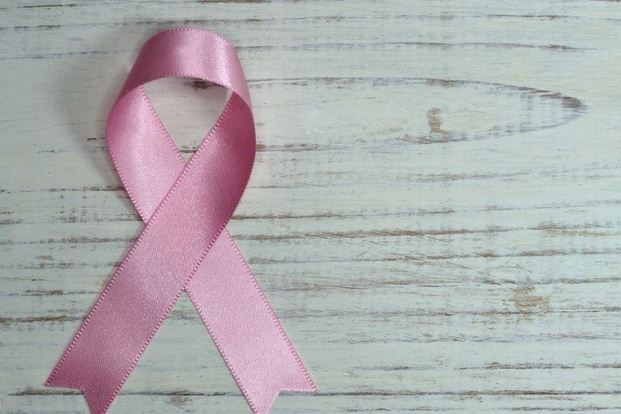Oops I found a Lump – Ask your doctor!

Apr 19, 2022
If you have just found out that you have a lump in your breast – DON’T FREAK OUT! Stay cool and calm. Remember the fact, 8 out of 10 lumps (approx 80%) found in breasts are benign in nature, i.e., not cancerous. It has been observed that in young and premenopausal women breast, these types of breast lumps are very common.
Almost every woman observes changes in their breast that are related with different phases of her menstrual cycle. During that time your breasts feel lumpy and bumpy due to retention of water, it is a hormonal aspect. Most of the time, these hormone dependent cyclic breast lumps disappear itself by the end of menstrual cycle.
If you notice a lump or mass in your breast, it is always better to consult your family doctor or specialized health professionals as early as possible. An experienced doctor can examine the breast and the armpit very carefully by palpation with flat of his palm which gives a lot of information about a breast lump and clinically distinguishes the lump between benign and cancerous tumors.

Lumps – What can it be?
Benign lumps often feel like well-encapsulated, smooth, soft to firm and freely mobile, while cancerous tumors, on the other hand, tend to feel much harder, irregular and fixed – cannot be moved as easily. To learn more about a lump, concerned doctor may go through proper work-up with chain of tests and procedures that allows an image to be taken of the inside of the breast, using one of the following techniques:
- Bilateral mammography– The most common method, which uses x-rays to take pictures of the breast and usually prefer in older age group.
- Ultra-sonography/Sono-mammography-A second common technique, which uses sound waves to establish whether a lump is solid or full of fluid. An ultrasound also can help distinguish between normal and abnormal lumps in the breast usually prefer in younger one where mammography is relatively contraindicated.
- Magnetic Resonance Imaging (MRI)- Better imaging values in breast tissue to measure tiny shifts in physiological and metabolic activity which accurately differentiate between the malignant and benign one but cost effective.
If the image of the lump looks suspicious, regardless of the imaging technique used, the further step is to rule out malignancy by examine few of the cells from the lump or mass. The removal of cells from lump is done by one of four methods:
- Fine Needle Aspiration Cytology(FNAC)- In this procedure a very thin needle to collect fluid or cells directly from the mass if it well and easily felt, otherwise doctor may use ultrasound or other imaging guide to locate the mass. If this procedure locates fluid, means lump is cyst and if no fluid it means-a solid mass and needs biopsy and needs further analysis under the microscope.

- Triad of test i.e. Clinical Breast Exam(CBE), Mammography and FNAC, will determine whether a lump is benign or malignant with about 98% accuracy but if any still doubt or require more information, a core needle biopsy or Incisional or Excisional biopsy may be needed.
- Core Needle Biopsy Examination(CNBE), which uses a wide bore larger needle to remove a small cylindrical piece of tissue from the mass or lump for further analysis under the microscope.
- Incisional biopsy, which involves surgical removal of just a portion of the mass.
- Excisional biopsy, which involves surgical removal of the entire mass in-toto.
The following conclusion can be derived from Biopsy Report:
- If report showed normal tissue– nothing to worry about. It represents one of several normal natural changes that undergoes over time. Even if tests indicate that the lump is nothing, but it is still important to be diligent about your monthly self breast exams, annual mammograms (if you are over 40) and clinical breast exams.
- If report showed no Cancer, still you need to be re-checked in six months to make sure any changes in the tissue.
- If report showed abnormale. neither normal nor cancerous, in this situation you will be put in higher risk group of developing breast cancer and might be chance of cancer in the future and need more frequent clinical breast exams.
- If report showed Cancer- your doctor will talk to you about the different treatment options available according to the type and characteristics of the cancer and might require additional tests to learn more about your cancer i.e. hormone receptor and HER-2neu status to give specific and targeted treatment which may respond well e.g. in case of ER/PR positive-hormone therapy and if HER-2 over expression- an antibody-based drug known as Trastuzumab(Herceptin).







